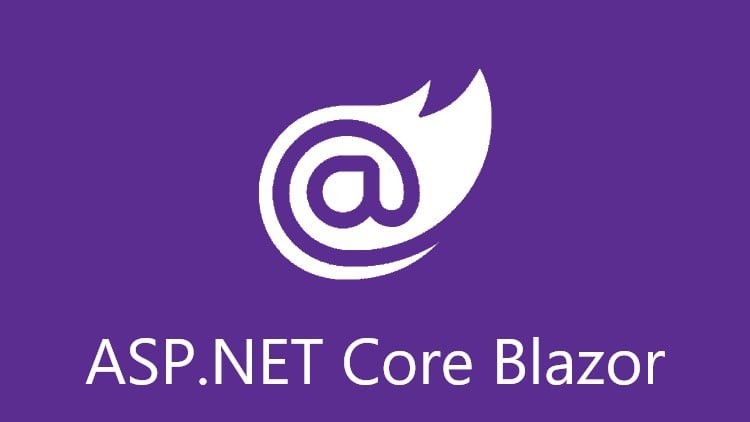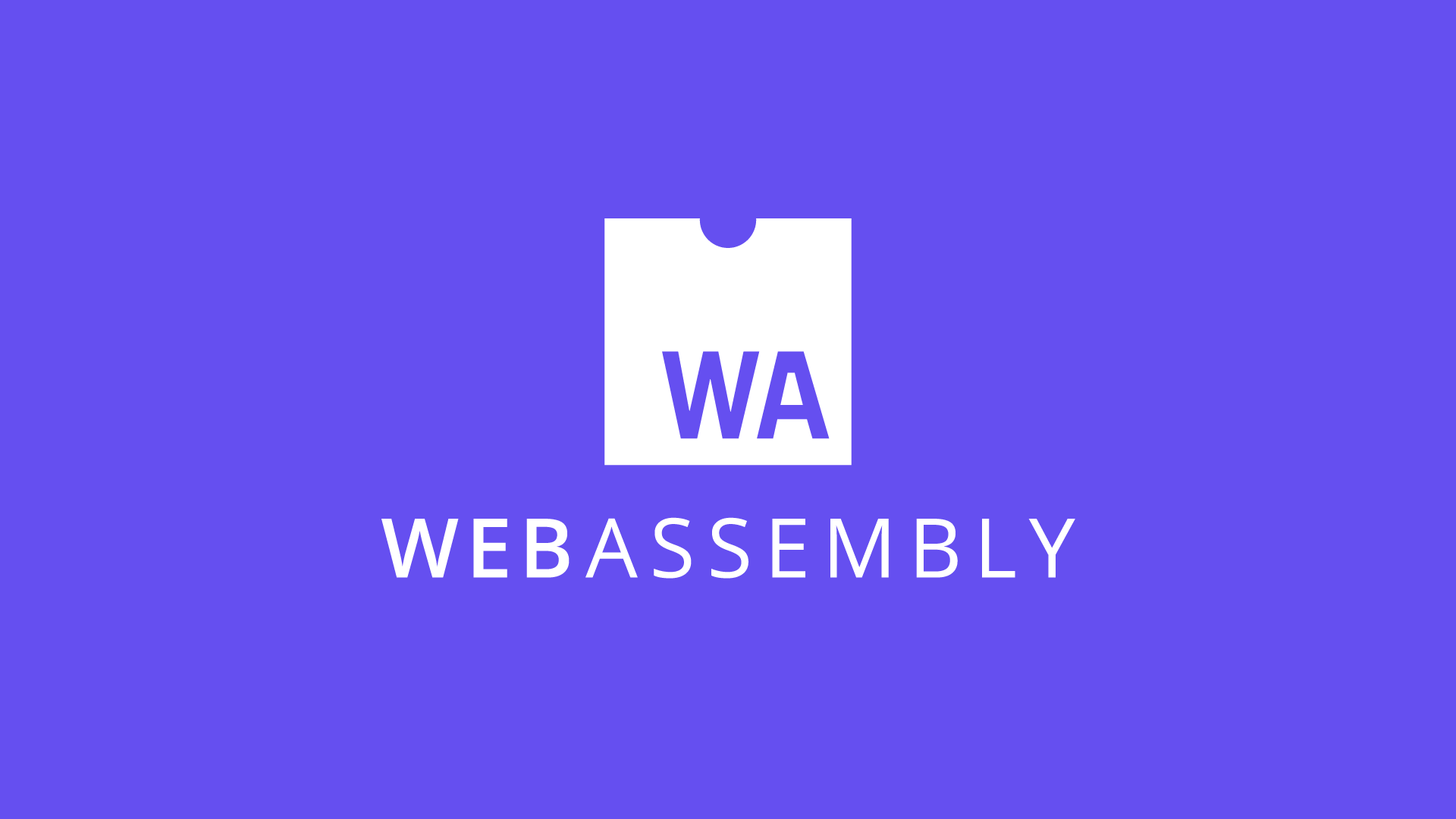Blazor in the Cloud: Deploying to Azure Static Web Apps.
 Patrick Kearns
Patrick Kearns
Blazor WebAssembly has become an excellent choice for building interactive web applications with .NET. Hosting it in the cloud brings scalability, reliability, and cost efficiency. One of the best places to deploy it is Azure Static Web Apps, which is designed to handle front end applications with minimal setup. This approach ensures smooth performance and direct integration with backend APIs and cloud services. Azure Static Web Apps simplifies deployment by managing hosting, global distribution, and authentication in a single service. The process is straightforward, making it ideal for projects that need a robust and scalable solution without the overhead of managing infrastructure. With its built in content delivery network, applications load quickly from edge locations, giving users a fast and responsive experience.
To deploy a Blazor WebAssembly app, you need to push your code to a repository in GitHub or Azure DevOps. Once connected to Azure, an automated workflow builds and deploys the application, ensuring that updates are applied without manual intervention. This method keeps deployments consistent and reduces the risk of configuration errors. By integrating directly with GitHub Actions or Azure Pipelines, developers can enforce quality checks, run tests, and monitor application health throughout the development lifecycle.

Blazor WebAssembly runs entirely in the browser, but sometimes it needs to communicate with a backend. Azure Static Web Apps provides seamless integration with Azure Functions, allowing developers to create serverless APIs that handle data processing, authentication, and business logic. This setup removes the need for managing dedicated servers and scales effortlessly based on demand.
Security is a key concern when hosting applications in the cloud. Azure Static Web Apps offers authentication out of the box with support for Microsoft Entra ID, GitHub, Twitter, and other providers. Role based access control can be configured easily, restricting access to certain features or user groups. Combined with HTTPS enforcement and managed identity support, it ensures a secure deployment without additional configuration effort.
Costs are another major advantage. Since Azure Static Web Apps is designed for static content, it falls into a lower pricing tier compared to traditional hosting solutions. The free tier is generous enough for small projects and proof of concept applications, while paid plans offer enhanced performance and enterprise level security.

For those looking to get started, the setup process is simple. Create a new Azure Static Web App through the Azure portal, link it to a source repository, and define the build configuration. Once deployed, changes pushed to the repository trigger automatic builds, ensuring that the latest version is always live without downtime.
Blazor has made it easier to develop full stack applications using .NET, and deploying to Azure Static Web Apps enhances that experience. With streamlined workflows, built in security, and seamless backend connectivity, it is an excellent choice for hosting modern web applications in the cloud.
Subscribe to my newsletter
Read articles from Patrick Kearns directly inside your inbox. Subscribe to the newsletter, and don't miss out.
Written by
